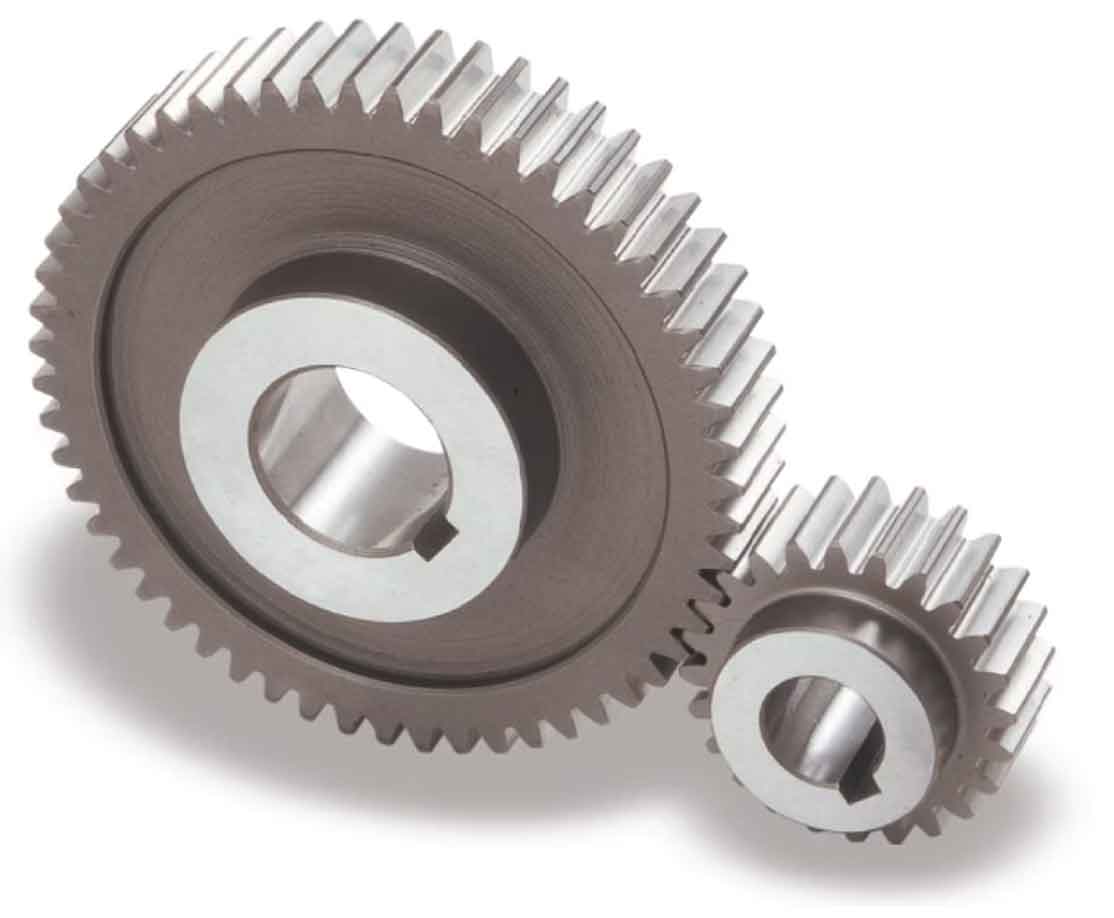
Spur gears play a crucial role in robotics and automation by enabling precise motion control. They are one of the most common types of gears used in various mechanical systems, including robotic arms, conveyor belts, and automated machinery. Here’s how spur gears contribute to precise motion control:
- Power transmission: Spur gears are designed to transmit rotational motion and power between parallel shafts. They consist of cylindrical teeth that mesh together to transfer torque from the driving gear to the driven gear. This direct power transmission mechanism ensures accurate and efficient motion transfer in robotics and automation systems.
- Gear ratio control: Spur gears allow precise control over gear ratios. The gear ratio determines the relationship between the rotational speeds and torques of the driving and driven gears. By selecting different gear sizes, engineers can achieve specific speed and torque requirements for different tasks. This ability to control gear ratios enables precise motion control in robotic systems.
- Positioning and repeatability: In robotics and automation, precise positioning is often required for tasks such as pick-and-place operations or assembly processes. Spur gears contribute to accurate positioning by providing controlled and predictable motion. The uniform tooth profile of spur gears ensures smooth and consistent motion, allowing robotic systems to achieve precise and repeatable movements.
- Backlash reduction: Backlash refers to the small amount of play or clearance between gear teeth when they mesh. In precision applications, backlash can introduce errors and affect motion control accuracy. Spur gears, when properly designed and manufactured, can minimize backlash, leading to improved precision in robotic systems. Techniques like gear tooth profiling, gear preloading, and gear tooth modifications can be employed to reduce backlash further.
- Load distribution: Spur gears distribute the transmitted load over multiple teeth, which helps in enhancing load-carrying capacity and minimizing wear. This is particularly important in high-precision robotic applications where the gears are subjected to significant loads. The even load distribution across the teeth helps ensure stable and reliable motion control without premature gear failure.
- Simplicity and availability: Spur gears are relatively simple in design, consisting of straight teeth on parallel shafts. This simplicity makes them cost-effective to manufacture and readily available in various sizes and materials. The availability of standardized spur gears facilitates the design and integration of precise motion control systems in robotics and automation applications.
Spur gears are indispensable components in robotics and automation as they enable precise motion control, accurate positioning, and repeatability. By leveraging the advantages of spur gears, engineers can design robotic systems with enhanced performance, efficiency, and reliability.
